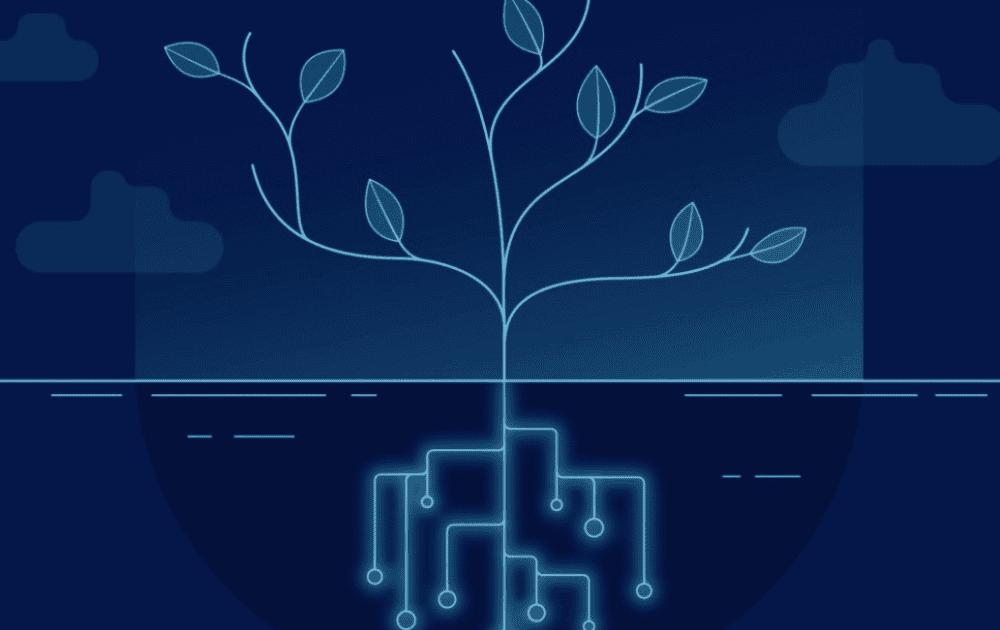Root Cause Analysis (RCA) serves as a vital process in identifying the underlying issues that lead to IT disruptions. By dissecting problems systematically, organizations can address the core reasons behind IT incidents and prevent recurrence effectively. Let's delve into the fundamentals of IT Root Cause Analysis and its significance in IT operations.
What is IT Root Cause Analysis?
IT Root Cause Analysis is a methodical approach used to pinpoint the primary driver of IT problems or incidents. It goes beyond addressing surface-level symptoms by delving deep into the root cause, which is often multifaceted and interconnected with various IT systems, processes, or human factors. By conducting a thorough RCA, IT support teams can uncover the fundamental reasons behind IT issues and implement targeted solutions to prevent future occurrences.
Importance of IT Root Cause Analysis
Undertaking IT Root Cause Analysis is critical for organizations aiming to enhance their IT infrastructure's reliability, performance, and resilience. By identifying and rectifying the root cause of IT disruptions, businesses can:
- Minimize Downtime: Resolving the underlying issues enables swift restoration of IT services, reducing downtime and minimizing operational disruptions.
- Improve Service Quality: Addressing root causes leads to enhanced IT service quality, fostering improved user experience and satisfaction.
- Enhance Problem-Solving Capabilities: RCA cultivates a culture of continuous improvement by encouraging proactive problem-solving and learning from past incidents.
- Drive Operational Efficiency: By streamlining IT processes and systems based on RCA findings, organizations can optimize operational efficiency and resource utilization.
Effective IT Root Cause Analysis is a cornerstone of IT incident management, empowering organizations to proactively tackle IT challenges and fortify their IT infrastructure against potential disruptions. By understanding the intricacies of RCA and recognizing its significance, businesses can fortify their IT operations and deliver reliable and resilient IT services.

Common Examples of IT Root Cause Analysis
Addressing IT issues effectively, conducting root cause analysis is essential in identifying the underlying reasons for technical problems. Here are three common examples that demonstrate the application of IT root cause analysis in troubleshooting various issues:
Example 1: Network Connectivity Issues
Network connectivity issues are a prevalent challenge in IT environments, causing disruptions in communication and data transfer. When faced with network connectivity issues, IT professionals often conduct root cause analysis to pinpoint the exact source of the problem. This may involve examining network configurations, hardware components, or software settings to identify the root cause of connectivity disruptions.
Example 2: Application Crashes
Application crashes can hinder productivity and impact user experience, making them a critical concern for IT support teams. Root cause analysis is employed to investigate the factors leading to application crashes, such as software bugs, incompatible dependencies, or insufficient system resources. By delving into the root cause of application crashes, IT specialists can implement targeted solutions to prevent future occurrences.
Example 3: Slow System Performance
Slow system performance can hinder the efficiency of IT operations and degrade user satisfaction. Root cause analysis is instrumental in diagnosing the reasons behind sluggish system performance, which may include overloaded hardware, inefficient software algorithms, or inadequate system resources. Through systematic analysis and investigation, IT professionals can identify and address the root cause of performance issues to optimize system speed and functionality.

Steps in IT Root Cause Analysis
Engaging in IT, conducting a root cause analysis is essential to effectively identify and address underlying issues that may be impacting systems or processes. This analytical process typically involves four key steps: problem identification, data collection, analysis phase, and root cause determination.
Step 1: Problem Identification
The initial step in IT root cause analysis is identifying the problem or issue at hand. This involves gathering information from users, system alerts, or monitoring tools to pinpoint the specific symptom or issue that needs to be investigated. Clearly defining the problem is crucial to ensuring that the analysis focuses on the right areas and leads to accurate conclusions.
Step 2: Data Collection
Once the problem has been identified, the next step is to gather relevant data that can provide insights into the issue. This data can come from various sources, including log files, system metrics, user reports, and error messages. Effective data collection ensures that the analysis is based on factual information and helps in identifying patterns or trends that may point towards the root cause.
Step 3: Analysis Phase
During the analysis phase, IT professionals delve into the collected data to uncover potential causes of the identified problem. This involves examining the data, looking for correlations, anomalies, or patterns that could shed light on the underlying issues. Data analysis tools and techniques are often used in this phase to facilitate a thorough investigation and help in narrowing down possible causes.
Step 4: Root Cause Determination
The final step in the IT root cause analysis process is determining the root cause of the problem. This involves synthesizing the findings from the data analysis phase to identify the primary factor or factors that are responsible for the issue at hand. By accurately determining the root cause, IT teams can develop targeted solutions to address the problem and prevent recurrence in the future.
Following these systematic steps in IT root cause analysis, organizations can enhance their troubleshooting processes, improve system reliability, and optimize IT performance to better support their business objectives.
Simplify Your IT Processes with LK Tech
When it comes to effective root cause analysis, LK Tech stands out as a leader in providing innovative IT solutions. We believe that identifying the underlying issues is crucial for long-term success, and our team is dedicated to delivering top-notch services tailored to meet your needs. By utilizing a structured approach to problem-solving, we ensure that your organization can prevent future challenges and enhance operational efficiency.
Our expertise as a Cincinnati-based IT services company allows us to tackle complex problems with precision and care. If you’re ready to transform your IT challenges into opportunities for growth, reach out to us today. Contact us to learn how our commitment to quality can make a significant difference for your business.


